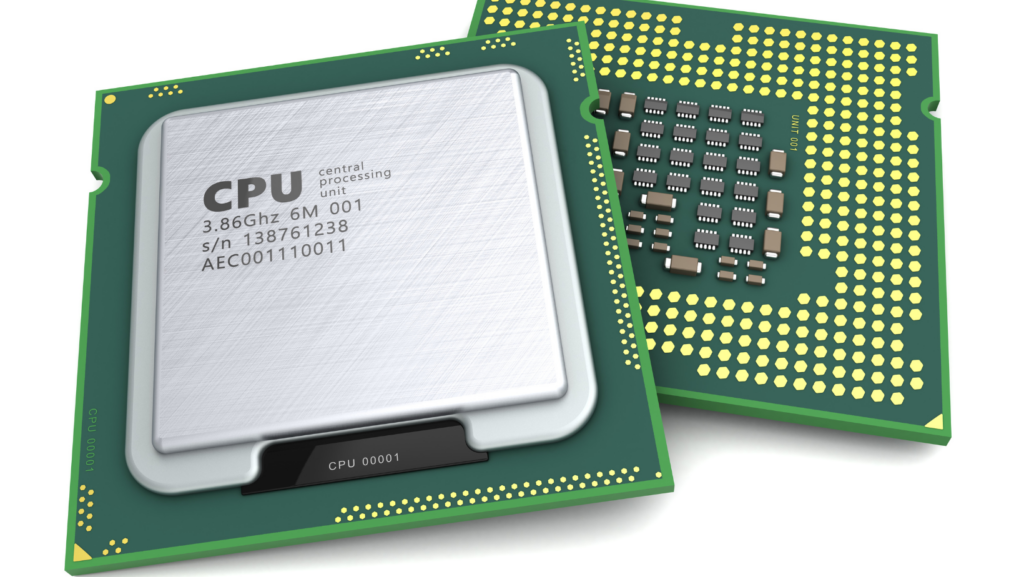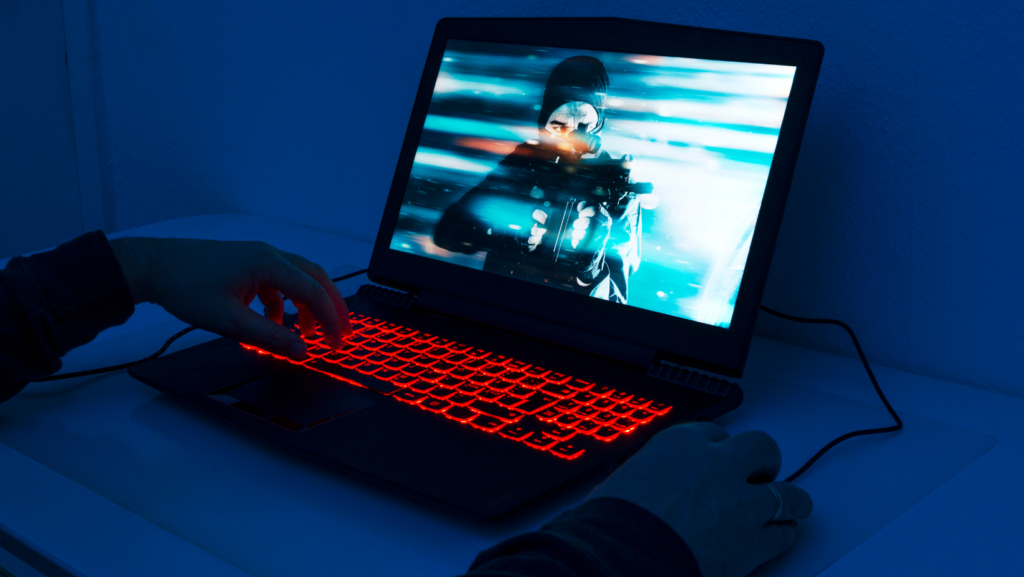Gaming enthusiasts, tech geeks, and casual players alike know the thrill of immersive gameplay. But beneath the captivating graphics and riveting storylines, there’s a vital component working overtime: your computer’s CPU. It’s the heart of your gaming rig, and just like any heart, it can overheat if pushed too hard.
So, buckle up! We’re about to embark on a journey through the world of CPUs and temperature management, ensuring your gaming sessions remain uninterrupted and your system’s lifespan isn’t cut short.
Safe CPU Temps While Gaming

As the article moves forward from the previous discussion on the necessity of a cool CPU for optimized gaming and computer longevity, it dives into the pivotal concept of the CPU temperature.
CPU temperature refers to the measurement of heat released by the central processing unit (CPU) of a computer. It’s generally measured in degrees Celsius (℃) or Fahrenheit (℉), providing a quantifiable metric for the heat output of the core elements of a computer system. When the CPU processes information, it naturally generates heat as a byproduct of electrical energy. The temperature of the CPU escalates in direct relation to the CPU’s processing power usage, which can speed up significantly during intensive tasks such as gaming.
Why Is It Important While Gaming?
Maintaining a safe CPU temps while gaming is crucial, the reason being two-fold. Firstly, high heat levels can cause immediate performance issues. Taking massive multiplayer online games, for instance, where quick response times are crucial, an overheated CPU may lead to noticeable lag or stuttering. The high temperature can cause throttling, where the CPU automatically drops its speed to prevent damage, consequently affecting game performance negatively.
Factors Influencing CPU Temperatures During Gaming
In the broader context of gaming performance, certain factors come into play when discussing CPU temperatures. Notably, two primary influencers include CPU load and usage, alongside the role of cooling systems.
CPU Load/Usage & Cooling Systems

Primarily, the CPU load has a significant impact on temperatures. For instance, playing intense, graphics-heavy games puts high load on the CPU, which in return, generates more heat. In fact, according to a study from the American Society of Heating, Refrigerating and Air-Conditioning Engineers (ASHRAE), a high-frequency CPU can generate around 80-100 watts of heat while running high-end games.
Furthermore, cooling systems play an essential role in maintaining optimal CPU temperatures, especially during gaming sessions. Both hardware-based and software-based cooling solutions aid in managing heat output. For example, a properly configured air or liquid cooling system can significantly decrease CPU temperatures, thereby, improving operational performance and system longevity. According to a study by the International Journal of Advanced Computer Science and Applications (IJACSA), high-quality thermal paste, used between the CPU and cooling system, can lower temperatures by up to 10 degrees Celsius.
Ranges for Safe CPU Temps While Gaming
Optimizing system performance for gaming hinges on a comprehension of CPU temperature guidelines. While the article has already discussed factors influencing these temperatures, this section focuses on the optimum ranges for gaming.
Ideal Temperature Range & Warning Signs

When it comes to gaming, maintaining safe CPU temperatures is imperative for system performance and longevity. Ideal temperature range rests between 60-85°C (140-185°F) during heavy system load. Subsequent to this discovery, Intel CPUs, for instance, function optimally under full load in the 80-85°C range, whereas AMD units are more suited towards 60-70°C.
A comprehensive awareness of the telltale signs of CPU overheating supplements the above information. A sudden drop in PC performance, frequent system crashes, and unexpected shutdowns are common indicators. Constant high CPU usage, even during idle periods is another sign to watch out for. These phenomena largely occur when the CPU temperature exceeds 95°C (203°F).
Optimizing Performance For a Seamless Gaming Experience
Keeping an eye on CPU temperatures is key to maintaining optimal gaming performance and system longevity. It’s not just about the hardware; it’s also about how you use it. With the right balance of CPU load, effective cooling systems, and smart in-game settings, gamers can keep their CPU within safe temperature ranges. Remember, a dust-free cooling system promotes good airflow, and considering liquid cooling solutions could be a game-changer.



